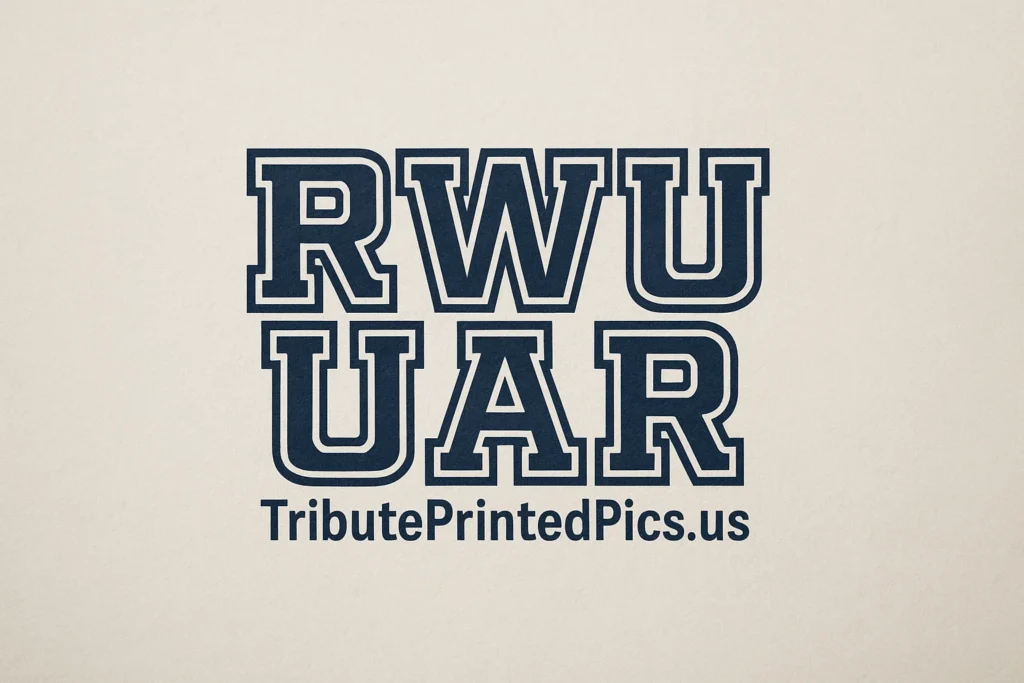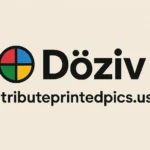Introduction to VRWU UAR
VRWU UAR is more than an academic concept it is a transformative model for education, innovation, and industry collaboration. At its core, it bridges the gap between Applied Research and practical solutions, making education more relevant to real-world needs.
Universities and businesses today face a growing demand for innovation that is both sustainable and impactful. VRWU UAR provides a structured approach to meet these demands by linking Academic-Industry Collaboration with Research Networks. This makes it a powerful tool for fostering Practical Research, Student Research, and Community Engagement.
By focusing on interdisciplinary projects and hands-on learning, VRWU UAR transforms education into a real-world innovation driver. It encourages Experiential Learning and develops skills that directly align with industry needs.
What VRWU UAR Means
The acronym VRWU UAR represents a blend of academic research and applied industry collaboration. In essence, it describes a model where universities, research networks, and industries work together to produce impactful solutions. This integration benefits both students and professionals.
At the heart of VRWU UAR lies the concept of Undergraduate Research integrated with Technology Transfer. This approach creates a cycle of innovation where research is tested and applied in real-life scenarios.
Key elements include:
- Applied Research that solves real industry problems
- Academic-Industry Collaboration that drives innovation
- Internships that give students practical experience
- Research Networks that enhance knowledge sharing
By fostering these elements, VRWU UAR strengthens both education and industry development.
Historical and Academic Roots
The concept of VRWU UAR has roots in decades of academic development. Institutions such as Reutlingen University of Applied Sciences and Roger Williams University pioneered this approach by linking academic excellence to industry needs.
Through structured Research Networks, they encouraged Community Engagement and Research Funding for applied projects. This created a culture of collaboration where both students and industry leaders contribute to innovation.
Historically, VRWU UAR grew from the recognition that traditional academic programs were not always aligned with the fast pace of industrial needs. Integrating Internships, Engineering, and Informatics into research programs became a solution to this gap.
This historical evolution shows that VRWU UAR is not just a concept it is a proven model for fostering academic and industrial growth.
VRWU UAR in Higher Education
Higher education plays a central role in implementing VRWU UAR. By combining Undergraduate Research and Experiential Learning, universities prepare students for the real challenges of the modern workplace.
This approach creates a dynamic environment where Applied Research becomes the foundation for academic growth. Students are not only learning theory but also applying it to solve tangible problems.
Key benefits for students include:
- Research Opportunities that expand learning beyond classrooms
- Internships that provide real industry experience
- Collaboration with industry experts
- Hands-on skills in design, engineering, and informatics
Through VRWU UAR, education becomes an ongoing process of skill-building and innovation.
Undergraduate Research and Internships
Undergraduate programs under the VRWU UAR framework are designed to encourage Student Research that leads to real-world applications. Internships form a critical part of this model, allowing students to integrate academic knowledge with practical experience.
Examples include:
- Engineering students working on Smart Factories projects
- Informatics students developing AI-driven solutions
- Business students creating sustainable development models
These experiences not only enhance technical skills but also foster Problem-Solving abilities and professional confidence.
VRWU UAR in Business and Industry
Businesses are increasingly adopting the VRWU UAR approach to drive innovation. The model helps companies access cutting-edge research and integrate it into product development and process optimization.
Through Academic-Industry Collaboration, firms can:
- Leverage Applied Research for new product designs
- Improve efficiency with Smart Factories
- Integrate Artificial Intelligence (AI) into operations
- Collaborate on sustainable development projects
These collaborations help businesses remain competitive and innovative in a fast-changing world.
Smart Factories and Automation
One key application of VRWU UAR in industry is the development of Smart Factories. These factories combine automation, AI, and engineering to create efficient, sustainable production systems.
Benefits of smart factories include:
- Reduced operational costs
- Improved quality and precision
- Increased production speed
- Lower environmental impact
For businesses, this means staying competitive while contributing to Sustainable Development.
VRWU UAR in Technology and Informatics
The technological impact of VRWU UAR is vast. Informatics and Artificial Intelligence (AI) play a major role in translating academic research into practical solutions.
Universities collaborate with industry partners to develop tools that address complex problems, from energy efficiency to automotive innovation. This includes:
- Developing AI-driven analytics tools
- Integrating informatics into smart manufacturing
- Creating platforms for Technology Transfer
- Ensuring security and scalability of new systems
By applying these solutions, VRWU UAR strengthens both the academic and industrial landscapes.
Real-World Applications in IT
Real-world projects under VRWU UAR include:
- AI-powered healthcare systems
- Predictive manufacturing analytics
- Automotive design innovation
- Sustainable urban development tools
These projects demonstrate how research can directly impact industries and communities.
Global Partnerships and Sustainability
VRWU UAR thrives on Global Partnerships. Collaboration between institutions, industries, and governments strengthens research networks and creates lasting impact.
This global approach enhances:
- Knowledge sharing across borders
- Sustainable innovation projects
- Joint funding for research
- Cross-cultural academic collaboration
Through such partnerships, VRWU UAR fosters Public Policy that supports sustainable education and development.
Benefits and Strengths of VRWU UAR
The VRWU UAR model offers many strengths:
- Increased access to Research Opportunities
- Strong academic-industry connections
- Practical application of theory
- Enhanced employability of graduates
- Long-term Sustainable Development
These benefits position VRWU UAR as a critical framework for the future of education and business.
Challenges and Misunderstandings
Despite its advantages, VRWU UAR faces challenges:
- Limited research funding
- Coordination challenges among partners
- Intellectual property concerns
- Maintaining academic standards alongside industry needs
Addressing these challenges requires clear governance and strong commitment from all stakeholders.
Future Trends in VRWU UAR
Looking ahead, VRWU UAR is likely to evolve with trends such as:
- Greater integration of Artificial Intelligence (AI)
- Expansion of Research Networks
- Increased focus on Sustainable Development
- Deeper Community Engagement initiatives
These trends will make VRWU UAR an even stronger bridge between academia and industry.
How to Leverage VRWU UAR for Success
For institutions and industries to maximize VRWU UAR:
- Invest in Applied Research projects
- Strengthen Academic-Industry Collaboration
- Offer robust Internships
- Create global research partnerships
- Focus on sustainable, innovative solutions
These steps ensure VRWU UAR delivers lasting impact.
Case Studies and Real-World Examples
| Institution / Company | Project | Result | Keywords |
|---|---|---|---|
| Reutlingen University | Smart Factory Automation | Reduced costs & improved quality | Smart Factories, Applied Research |
| Roger Williams University | AI Research Labs | Innovative healthcare solutions | Artificial Intelligence (AI), Informatics |
| Local SME | Sustainable Manufacturing | Reduced environmental impact | Sustainability, Technology Transfer |
These examples show VRWU UAR’s power in creating measurable results across sectors.
Conclusion
VRWU UAR is a transformative model that merges Applied Research, Academic-Industry Collaboration, and Innovation. It enhances academic excellence while solving real-world problems. This framework creates opportunities for Experiential Learning, fosters Sustainable Development, and strengthens global partnerships.
Adopting VRWU UAR ensures education remains relevant, industries stay innovative, and communities benefit from shared knowledge and technology.
FAQs about VRWU UAR
Q1: What does VRWU UAR mean?
A1: It is a model for integrating academic research with industry collaboration to produce real-world solutions.
Q2: How does VRWU UAR help students?
A2: It provides internships, research opportunities, and hands-on learning that prepare them for industry careers.
Q3: Why is VRWU UAR important for industries?
A3: It offers access to innovation, skilled talent, and applied research for competitive advantage.
Q4: Can VRWU UAR promote sustainability?
A4: Yes, it integrates sustainable design and technology in academic and industrial projects.
Q5: How can institutions adopt VRWU UAR?
A5: By building strong research networks, fostering collaboration, and securing research funding.


